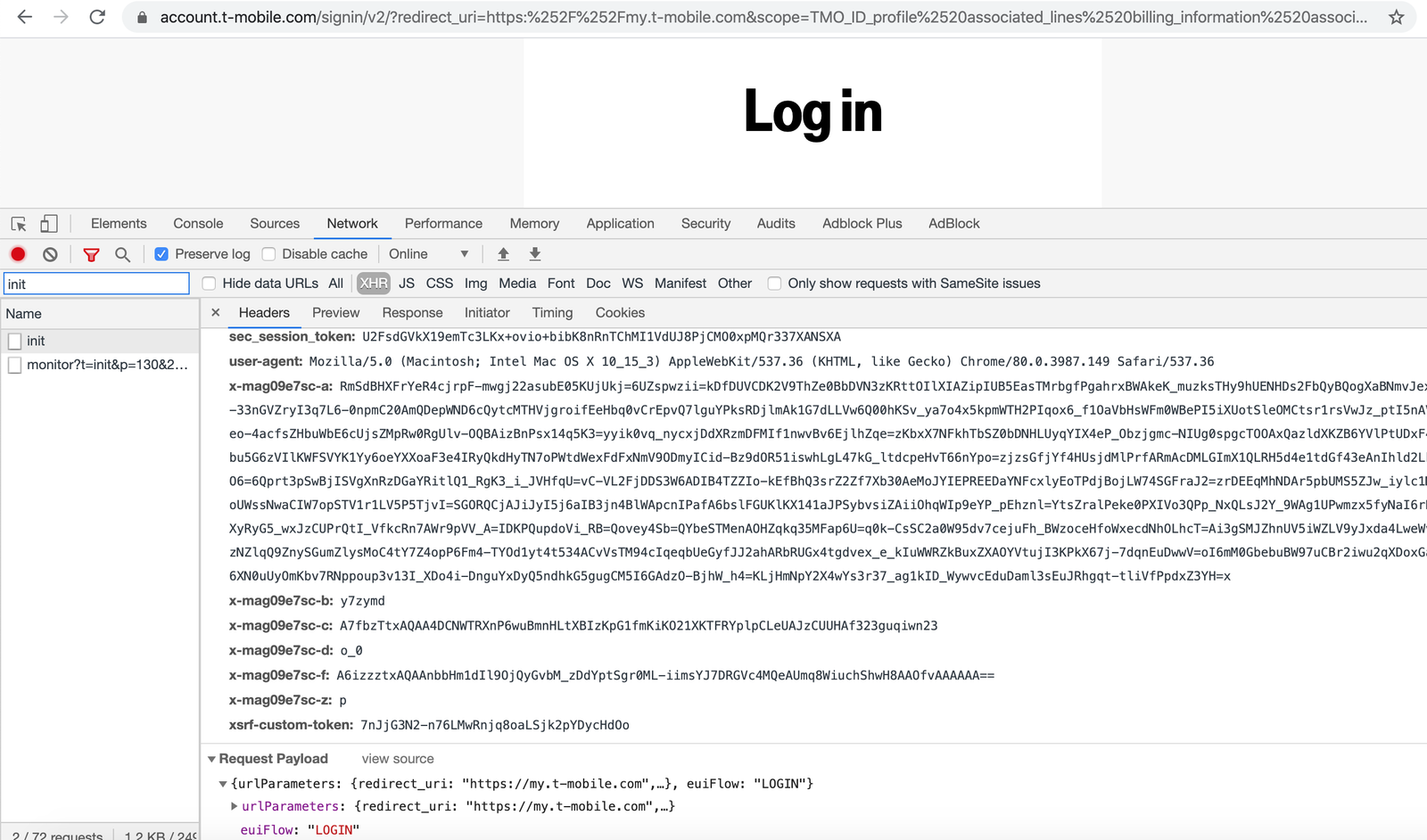Answer the question
In order to leave comments, you need to log in
How is the header data generated?
I'm trying to understand where and how the headers data is generated.
Usually the data can be pulled from html or they are generated by requests.
In this situation, I don’t understand where it comes from:
- x-mag09e7sc-a:
- x-mag09e7sc-b:
- x-mag09e7sc-c:
- x-mag09e7sc-d:
- x-mag09e7sc-f:
- x-mag09e7sc-z:

I can’t find this data in html, and I also look at Network requests before that and I don’t find how they get this data.
Link to url: link
Tell me where to dig further and where to look for the generated data.
Answer the question
In order to leave comments, you need to log in
Headers are part of the HTTP protocol, which consists of them and the request body. The HTML you're talking about is in the body of the request, and headers are usually ignored. The server gives this data and generates it in the response. When making a request to the server, you form the request headers
Hint: The file has a name, content, and attributes. Is there somewhere in the file itself, for example, the time of its creation? No. It's in the attributes.
Similarly, the content of the response headers (!important! the request headers are generated by the client) generates something active that renders html. For example, the header can be substituted in the web server.
For example nginx:
location some-location {
add_header X-my-header my-header-content;
}
Didn't find what you were looking for?
Ask your questionAsk a Question
731 491 924 answers to any question